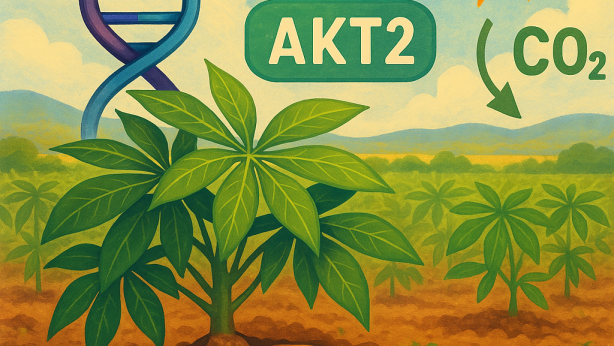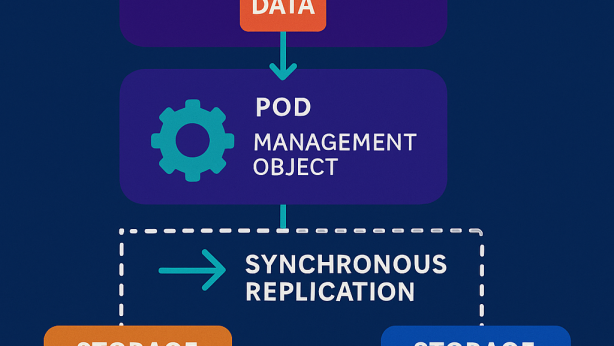SYSTEMS AND METHODS FOR REAL ASSETS INVESTMENT AND SECURITIZATION ENGINE
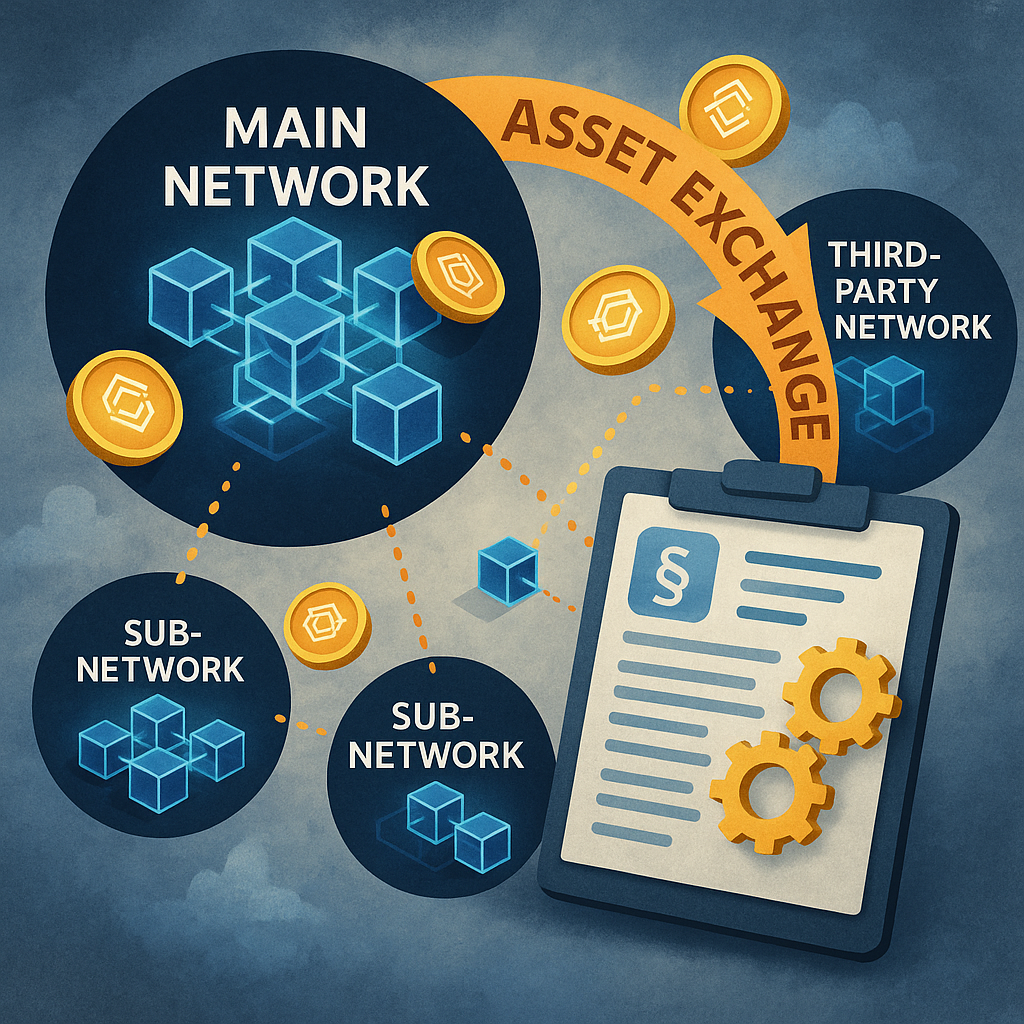
Invented by Kiarie; Muthoni, Leary; Patrick William, Joshi; Arushi Sood, Wells Fargo Bank, N.A.
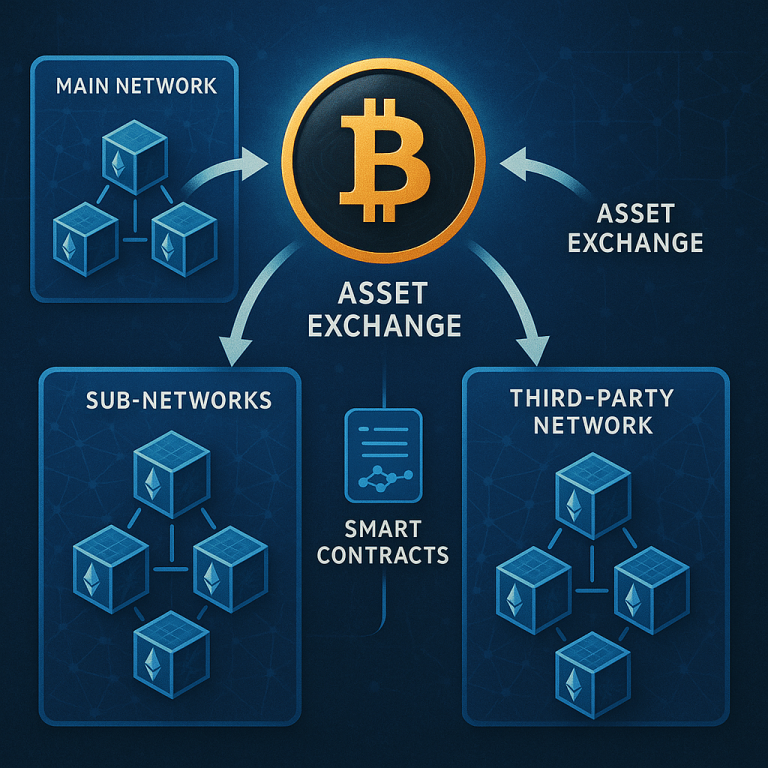
This article breaks down a recent patent application about how digital assets are exchanged using blockchain technology. We’ll walk through the market background, the science and history behind it, and then explain the new ideas in the invention itself. Let’s start simple, go step by step, and make a very complicated topic as clear as possible.
Background and Market Context
Imagine you have a group of friends, each with their own trading cards. These cards are valuable, and sometimes you want to trade them not just with your own friends, but with other groups, or even people you don’t know. The problem is, you need a safe way to keep track of who owns which cards, make sure trades are fair, and keep everything private and secure. Now, imagine these cards are not just game cards, but real things like money, property, or shares in a business—only, instead of being on paper, they are digital, living on the internet.
This is the world of digital assets. People and companies want to buy, sell, and swap all sorts of assets quickly and safely. The big challenge is trust. How do you make sure everyone follows the rules? How do you make sure someone can’t steal or fake an asset? And how do you keep a record of every trade so no one can cheat?
The market for digital assets has grown fast. We see cryptocurrencies, digital art, tokens representing ownership of things, and more. Each type of asset might have its own rules and may live on its own system. But the real need is for these different systems to talk to each other, so you can move assets from one place to another easily and securely.
This is not just a need for people who trade Bitcoin or NFTs. Big banks, investors, companies, and even governments are interested. They want to use digital assets to raise money, invest, or move value between places. But right now, most systems are slow, hard to use, and not always safe. Transactions can take time, can be expensive, and sometimes are not very clear. Many times, you need to trust a middleman—like a bank or a broker. That means higher costs and the risk of mistakes or fraud.
So, there is a huge demand for a better way. We need a system that lets people and groups trade assets of all types, across many networks, with clear rules, privacy, and security. A system like this would help investors find more chances to make money, help companies raise funds faster, and allow everyone to trade with less risk. This is what the patent in focus is trying to solve: building a network of networks, where asset trading is safe, fast, and easy for everyone.
Scientific Rationale and Prior Art
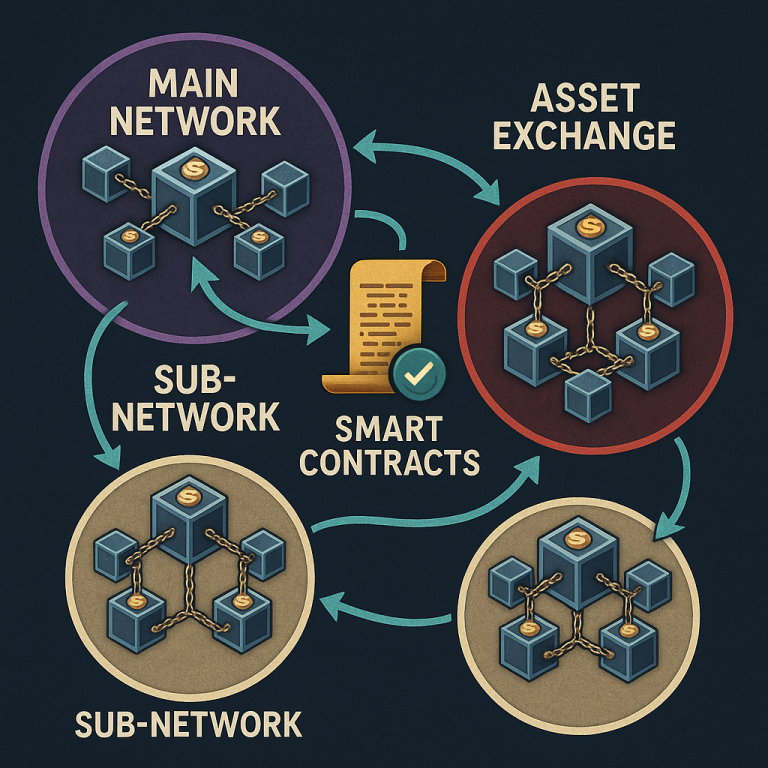
To understand what is new here, let’s first see how things have worked before. For a long time, when people wanted to trade valuable assets, they used paper, lawyers, and trusted third parties. Then came computer systems—databases where banks or brokers kept records. But these were private and people had to trust whoever ran the database.
The next big leap was blockchain. A blockchain is like a giant notebook that is shared among many people. Once you write something in the notebook, like “Alice owns this asset,” it cannot be changed unless everyone agrees. This made it possible to have money or assets that no one person controls, and everyone can trust the record. Bitcoin and Ethereum are famous blockchains, and they made it possible for anyone to send money or tokens to anyone else, anywhere in the world, without a bank.
But blockchains by themselves have limits. Each blockchain is like its own island. If you have assets on one blockchain, it’s hard to move them to another. Also, most blockchains are public—everyone can see every transaction, which is not good for privacy. And, blockchains are slow compared to normal databases.
Over time, people built tools on top of blockchains to make them more useful. One of the most important tools is a “smart contract.” A smart contract is a little program that lives on the blockchain and can move assets according to set rules—like a vending machine that gives you a soda if you pay the right amount. Smart contracts help automate trades and agreements and can make sure rules are always followed.
There have been other attempts to connect different blockchains or networks. Some projects made “bridges” that let you move tokens from one blockchain to another. Others made “permissioned blockchains,” where only approved people can join, for more privacy and control. Big banks and companies have tried building their own private blockchains for asset trading, but these often can’t talk to each other, and each one works a bit differently.
A common problem in all these systems is what experts call “liquidity”—how easy it is to buy or sell an asset quickly, at a fair price. In old systems, there are delays, not enough buyers or sellers, and not enough connection between different markets. For digital assets, the problem is even worse because the assets and the systems can be so different from each other.
People have tried solutions like:
— Centralized exchanges, where all trades go through one company (which creates risks and costs).
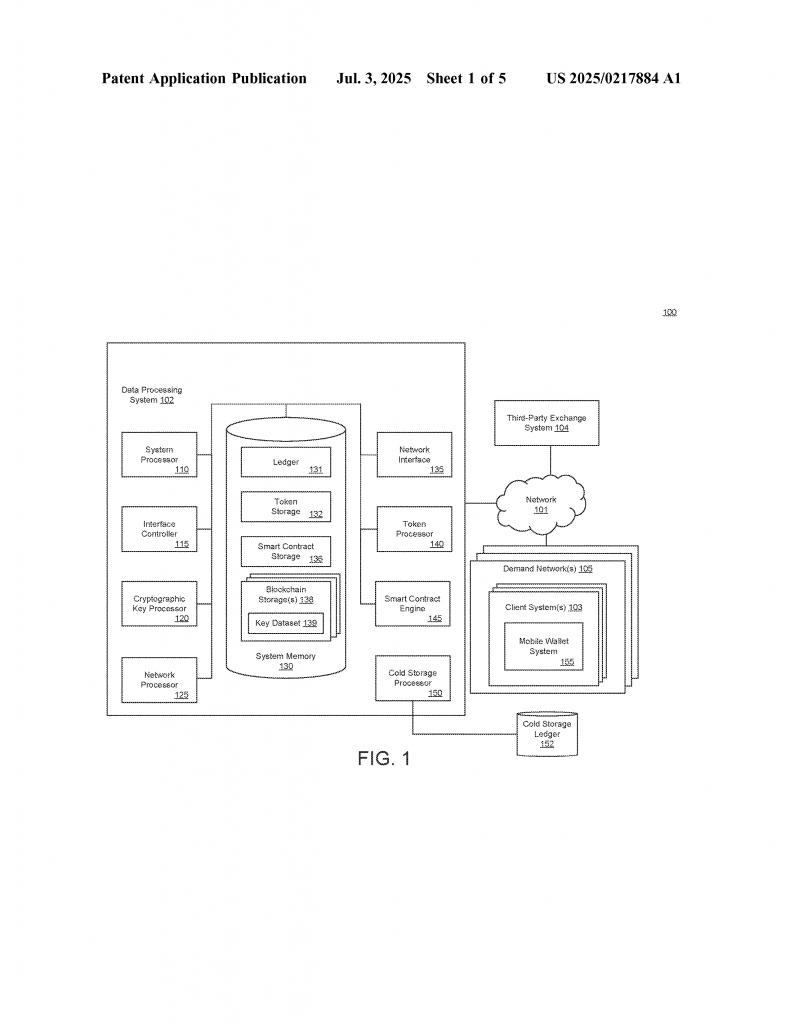
— Decentralized exchanges, where smart contracts do the matching, but usually only on one blockchain at a time.
— Asset tokenization, where real-world assets (like property or art) are turned into digital tokens, but these tokens still live on separate blockchains.
So, the state of the art is many different systems, with lots of effort to connect them, but not yet a clear, simple way to move any asset, between any network, with privacy, speed, and safety. There is a need for something that can bring all these islands together into one big, trusted network—without losing the benefits of security and privacy.
Invention Description and Key Innovations
Now let’s look at what this patent brings to the table. The invention is a special way of building networks on top of networks, using blockchains, to allow for the trading of digital assets. Let’s explain it simply.
Think of the whole system as a big city, with many neighborhoods. Each neighborhood is a “sub-network” or “first network.” Each sub-network has its own rules, its own list of members, and its own special kind of assets—maybe stocks, loans, or tokens. These sub-networks are all connected by a “main network”—the city that links all the neighborhoods.
Within each neighborhood, people (or companies) can trade with each other safely, because they all follow the same rules, and every trade is recorded in the neighborhood’s own blockchain. But what if someone in one neighborhood wants to trade assets with someone in another? Or maybe with someone in another city altogether? That’s where the real magic happens.
The main network allows these neighborhoods to talk to each other. If someone wants to trade outside their own group, the system can send a request to yet another network—a “third-party network.” This third-party network might be another city, or an outside exchange. The whole process is managed by smart contracts—these are like digital referees that make sure every trade follows the rules, no matter where the asset comes from or goes.
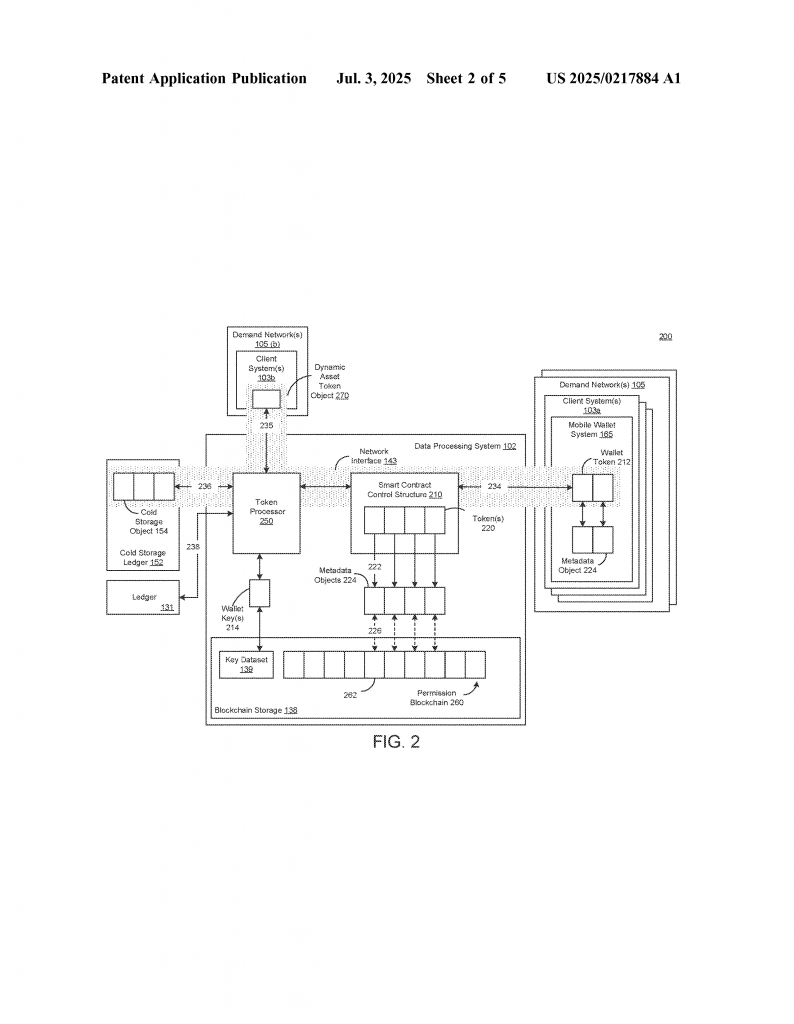
But how does the system keep everything safe, private, and organized?
First, every asset is turned into a digital token. This token has a special type, so the system always knows what kind of asset it is—a loan, a fund, or something else. Every token lives inside a blockchain, so its history can always be checked, and no one can change it without permission.
Second, every person or company in the system has an identity token. This is like a digital ID card. The system uses these ID tokens to make sure only the right people can trade certain assets, and to follow rules about who can own what. The ID tokens can even include things like location—so some trades can be limited to people in the same country or area.
Third, every trade is logged. The system keeps a record of every transaction, including how many tokens were traded and the details about each asset. This log can be checked at any time to make sure everything is fair and above board.
Fourth, privacy and safety are built in. When a trade happens between networks, the system can hide sensitive data—like names or other private info—so only the right people see it. This protects users from fraud or data leaks.
Fifth, the system can use a special kind of storage called “cold storage” for very sensitive data. This means some information is kept offline, away from hackers, and only brought online when needed.
Sixth, the whole thing is run by processors (computers) that handle creating networks, sending and receiving tokens, storing data, and running smart contracts. These computers can be in lots of different places, and the system does not depend on any one company or person.
In short, the system lets people and companies:
— Create their own private trading groups (neighborhoods) inside a bigger network (the city).
— Trade assets safely and quickly, either inside their group or with outside groups.
— Always know who owns what, and have a clear, unchangeable record of every trade.
— Keep sensitive data private and secure.
— Automate trades and agreements using smart contracts.
— Use digital IDs to follow any rules or laws about asset ownership.
— Move real-world assets (like property, loans, or funds) into digital tokens that can be traded just like any other asset.
What makes this invention special is how it brings together all the pieces—private networks, public networks, digital IDs, smart contracts, cold storage, asset tokenization, and secure communication—into one system that can connect almost any kind of asset or user, anywhere. It is like building highways between every neighborhood and every city, with traffic rules, police, and toll booths all built in, so everyone can travel safely and quickly.
This kind of system can help banks, funds, companies, and regular users do things they could not do before. For example, a company in one country could raise money from investors in another, using digital tokens. An investor could buy assets from many different markets without having to open new accounts or trust new exchanges. Trades could happen in seconds, not days, and with much lower risk of mistakes or fraud. And, because everything is recorded on blockchains, everyone can trust the results.
Conclusion
This patent sets out a new way to trade digital assets by joining together different networks, using the power of blockchains and smart contracts. It solves big problems in the digital asset world: slow trades, lack of trust, privacy worries, and hard-to-reach markets. By turning every asset into a secure token, building strong rules into every network, and making it easy to connect with outside partners, this invention could change how assets are traded around the world. If you are in finance, technology, or just watching the world of digital assets, these are the building blocks of the next generation of global markets.
Click here https://ppubs.uspto.gov/pubwebapp/ and search 20250217884.
